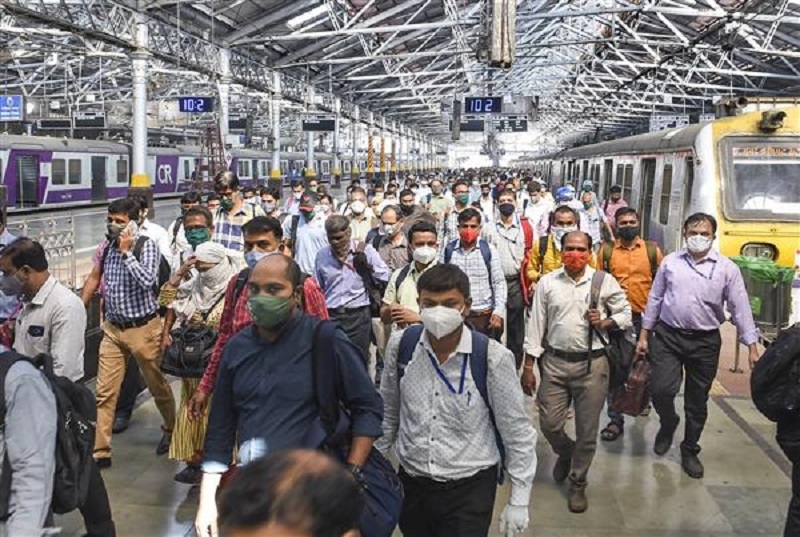
New Delhi- India dropped one spot to 131 among 189 countries in the 2020 human development index, according to a report released by the United Nations Development Programme (UNDP).
Human Development Index is the measure of a nation’s health, education and standards of living.
Life expectancy of Indians at birth in 2019 was 69.7 years while Bangladesh has a life expectancy of 72.6 years and Pakistan 67.3 years, the 2020 Human Development Report said.
India, Bhutan (129), Bangladesh (133), Nepal (142), and Pakistan (154) were ranked among countries with medium human development, the report said.
India’s HDI value for 2019 is 0.645 which put it in the medium human development category. India has been positioned at 131 out of 189 countries and territories, according to the report. India had ranked 130 in 2018 in the index.
Norway topped the index, followed by Ireland, Switzerland, Hong Kong and Iceland, the report showed.
Talking to reporters, UNDP Resident Representative Shoko Noda said the drop in India’s ranking doesn’t mean “India didn’t do well but other countries did better”.
Noda said India can help other countries too and lauded its commitment to reduce carbon emissions. According to the report published by the United Nations Development Programme on Tuesday, India’s gross national income per capita fell to USD 6,681 in 2019 from USD 6,829 in 2018 on purchasing power parity (PPP) basis.
Purchasing power parity or PPP is a measurement of prices in different countries that uses the prices of specific goods to compare the absolute purchasing power of the countries’ currencies.
The report said evidence from Colombia to India indicates that financial security and ownership of land improve women’s security and reduce the risk of gender-based violence, clearly indicating that owning land can empower women.
It further said indigenous children in Cambodia, India and Thailand show more malnutrition-related issues such as stunting and wasting.
“In India different responses in parent behaviour as well as some disinvestment in girls’ health and education have led to higher malnutrition among girls than among boys as a consequence of shocks likely linked to climate change,” the report said.
The report said under the Paris Agreement, India pledged to reduce the emission intensity of its GDP from the 2005 level by 33–35 percent by 2030 and to obtain 40 percent of electric power capacity from non–fossil fuel sources by 2030.
“As part of the plan, the National Solar Mission aims to promote solar energy for power generation and other uses to make solar energy competitive with fossil fuel–based options. Solar capacity in India increased from 2.6 gigawatts in March 2014 to 30 gigawatts in July 2019, achieving its target of 20 gigawatts four years ahead of schedule. In 2019, India ranked fifth for installed solar capacity,” the report said.
Follow this link to join our WhatsApp group: Join Now
Be Part of Quality Journalism |
Quality journalism takes a lot of time, money and hard work to produce and despite all the hardships we still do it. Our reporters and editors are working overtime in Kashmir and beyond to cover what you care about, break big stories, and expose injustices that can change lives. Today more people are reading Kashmir Observer than ever, but only a handful are paying while advertising revenues are falling fast. |
| ACT NOW |
| MONTHLY | Rs 100 | |
| YEARLY | Rs 1000 | |
| LIFETIME | Rs 10000 | |













